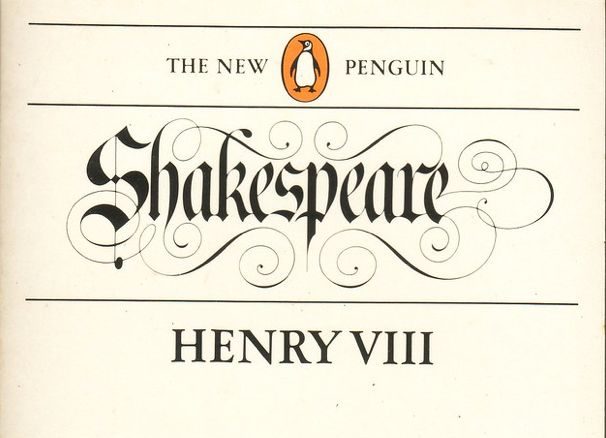Hybrid (with Peter Phillips), 1966 is a famous Pop Art painting created by Gerald Laing in collaboration with Peter Phillips.
It stands as a bold representation of the 1960s, blending modern technology, human features, and commercial imagery. The artwork reflects a world where people and machines were becoming closely connected.

What is “Hybrid” by Gerald Laing and Peter Phillips?
Gerald Laing and Peter Phillips, two British artists, created their own distinctive artwork “Hybrid” in 1965. Together, they built something bold and novel.
This came during the Pop Art movement, which focused on turning everyday items into exciting artwork by utilizing vibrant colors and images from newspapers and television.
In “Hybrid,” you may see fascinating designs, pin-up girls (popular depictions of attractive women), and pieces of technology mixed together.
Pop Art is perfectly represented by artwork. It creates an exciting and engaging fusion of modern technology and human shapes.
The term “hybrid” itself refers to a combination of two distinct concepts, which is exactly how this artwork does. It combines color and daring ideas, beauty and technology, and man and machine.
The Legacy of Hybrid (with Peter Phillips), 1966
Gerald Laing and Peter Phillips used this painting to make a statement about the modern world. By combining bright visuals with meaningful themes, they captured the spirit of their time.
Hybrid (with Peter Phillips), 1966 remains a powerful symbol of how art can reflect changes in technology, identity, and society.

Use of Bright and Bold Colors
The usage of vivid colors is among the first things that catch your eye. Classic Pop Art hues of red, blue, yellow, and black are used in the picture.
The image is visually arresting because to the colors, which also show the impact of 1960s ads and comic books.
John James and Peter Phillips, along with other painters known for mixing high art with daily imagery, also used this style.
Shiny, Industrial Surfaces
Hybrid (with Peter Phillips), 1966, has a seamless, glossy surface that mimics polished metal or plastic.
It lends the artwork an advanced, mechanical appearance. This effect highlights the increasing impact of industry and technology on daily life by giving the artwork the look of a product or an item of future machinery.
Fusion of Human and Machine Elements
The way this artwork combines machine parts and human bodies is what really sets it apart. Among wheels, gears, and motors, viewers can make out faces, limbs, and legs.
A deeper message—how human identity changed in a modern, industrial world—is hinted at by this pairing of man and machine.

Why is “Hybrid” Important?
This piece of art mainly aims to show the growing closeness between humans and technology in the 1960s. It also shows how our reality was shaped by popular culture, such as promos, comic books, and films.
People were watching more TV, making more decisions, and marveling at technology and cars.
We get inspired to consider what happens when individuals begin to behave like machines by this artwork. Or when machines begin acting like humans?
Who Were the Artists?
Gerald Laing loved painting famous people and beautiful women. His style was clean, colorful, and shiny.
Peter Phillips liked using lots of shapes, machines, and bright colors. He made his art look like a mix of a comic book and a car poster.

When they worked together on “Hybrid,” they mixed their ideas to make something even more powerful.
Their teamwork was expensive and special in the art world. It showed how two minds could come together to create one amazing image.
Main Features of “Hybrid”
| Features | Description |
| Bright Colors | Uses red, blue, yellow, and black to immediately catch the viewer’s attention. |
| Shiny Surfaces | Appears glossy like metal or plastic, resembling a new toy or car. |
| Machine Parts | Includes elements that resemble engines, wheels, or gears. |
| Human Shapes | Features body parts like legs or faces blended into the machine forms. |
| Pop Culture Feel | Reflects a style similar to 1960s magazines or comic books. |
Famous Lines & Simple Meanings
While “Hybrid” doesn’t have lines like a play or book, you can think of it like a visual poem. The shapes and colors talk to us. If this painting could speak, it might say:
“Look how fast the world is changing. Can you keep up?“
Or:
“Don’t forget to see the beauty in machines and people.”
These messages are powerful, even without words.
Pop Art and Its Magic
The Pop Art movement made art accessible and entertaining. It turned everyday objects—such as ads, television programs, and soda bottles—into works of art.

For this, artists such as Roy Lichtenstein and Andy Warhol gained fame. Together, Laing and Phillips produced something daring, novel, and lively.
Conclusion
Hybrid (with Peter Phillips), 1966 is a bold mix of human and machine, capturing the spirit of 1960s Pop Art. Its bright colors and shiny surfaces reflect the rise of technology and pop culture.
Gerald Laing and Peter Phillips challenged traditional art through this creative fusion. The work remains a powerful symbol of modern identity and industrial influence.
FAQ’s
It is a collaborative Pop Art sculpture blending human and machine elements.
It was created in 1966 during the height of the Pop Art movement.
The sculpture uses painted steel and aluminum, giving it a glossy, industrial finish.
It represents the fusion of man and machine, reflecting 1960s technology and identity.
Related Posts
Hybrid Art | Origin, Characteristics & Purpose



